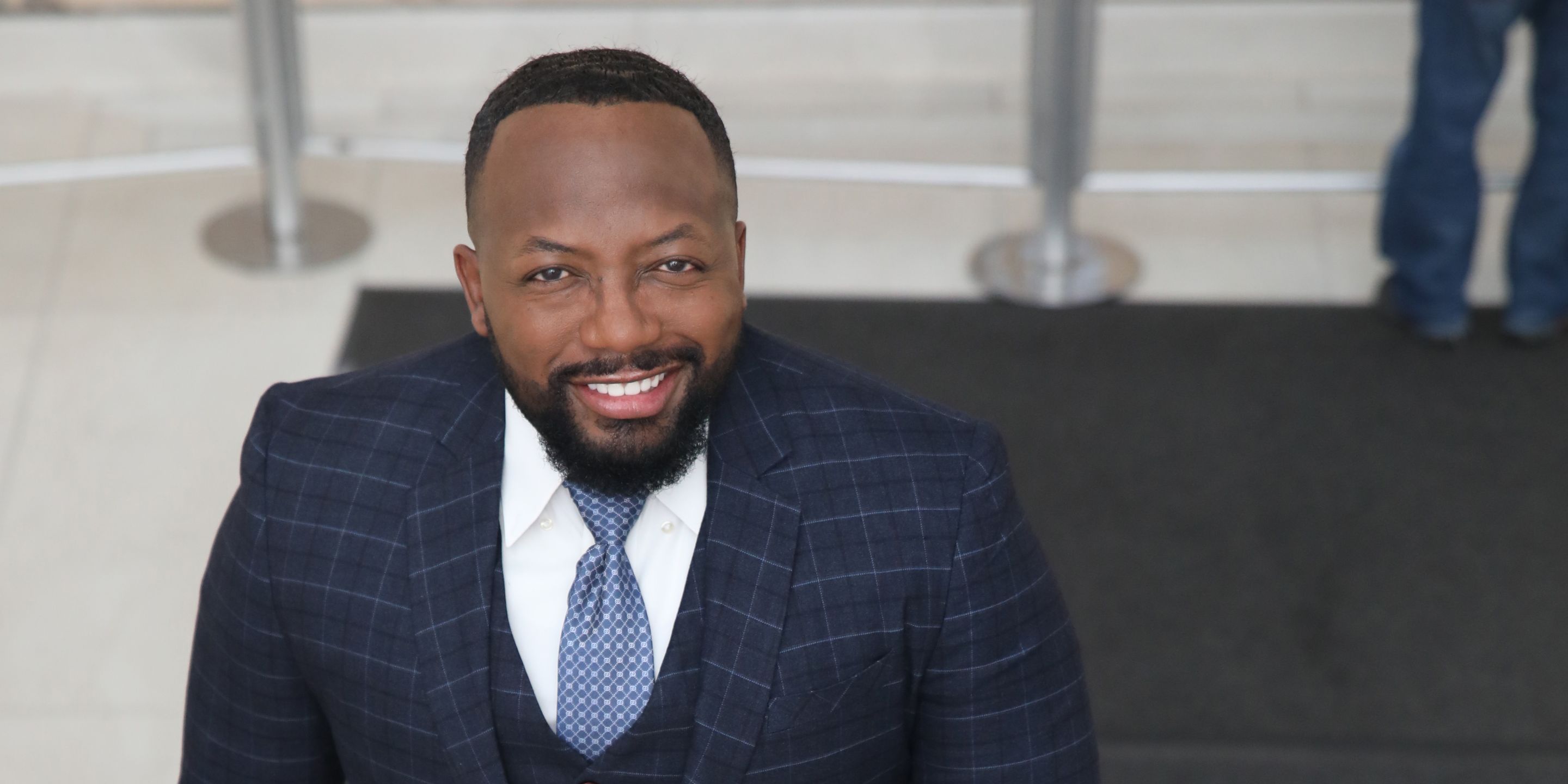HC Insider speaks to DK Bartley, Chief Diversity Officer at Moody’s Corporation, which was recently ranked 19 out of 850 companies in the Financial Times’ Diversity Leaders survey. Bartley shares the company’s continued journey towards creating a diverse workforce and an inclusive culture, and the benefits achieved.

When the Financial Times (FT) published its second annual Diversity Leaders ranking in November 2020, Moody’s Corporation, a global risk assessment firm, ranked number 19 out of 850 companies – putting them in the top two percent of companies surveyed.
The diversity leaders were identified following interviews with over 100,000 employees, covering 16 countries and several sectors, and by gathering opinions from human resources and recruitment experts. Participants were asked to give their opinion on a series of statements surrounding age, gender, ethnicity, disability, and sexual orientation.
HC Insider speaks to Moody’s Chief Diversity Officer, DK Bartley, to find out how the company’s global diversity and inclusion initiatives helped secure its place in the FT’s second annual Diversity Leaders ranking. Bartley reveals how Moody’s is maximising the contribution of all employees, and how other companies can identify ways to obtain value from a diverse workforce.
HC Insider: What are your responsibilities at Moody’s?
DK Bartley: As Chief Diversity Officer, I am responsible for diversity, equity, and inclusion. I lead Moody’s global DE&I strategy and ensure that diversity is a purposeful part of our business, culture, and the products and services that we provide.
HC Insider: Why is diversity and inclusion important to the company?
Bartley: Other companies may not view diversity or inclusion as pivotal to the success of their business, but Moody’s understands that a workforce that represents an array of backgrounds and experiences enhances our work, including the quality of our opinions, products, and services. Diversity and Inclusion are in Moody’s DNA. Our diversity strategy focuses on hiring diverse candidates and elevating non-traditional employees to leadership positions, with a focus on empowering women leaders on a global scale and increasing the racial and ethnic makeup of our employees and leaders in the United States.
HC Insider: What are some of the diversity programmes that Moody’s offer?
Bartley: At Moody’s, we prioritise employee leadership and action. Through Moody’s Business Resource Groups (BRGs), our employees contribute to a more effective and inclusive work environment by fostering the recruitment, retention, and development of diverse individuals. Established in 2008, we currently have seven BRGs: Moody’s EnAble, Generational, LGBTA, Minds, Multicultural, Veterans and Women BRG. In addition to these, we have more than 30 regional BRG chapters across the Americas, EMEA, and APAC. We’ve recently transitioned the name of this program from Employee Resource Groups to BRGs to better convey the correlation between diverse representation and the success of our business. Through both
individual and intersectional efforts, our BRGs are providing a platform for employees to continuously enhance our culture as well as address business challenges and opportunities.
We recognise that tangible progress takes time, but we are taking concrete steps to enhance diverse representation in all areas and at all levels of our organisation
HC Insider: Can you tell us more about Moody’s Women Business Resource Group?
Bartley: Moody’s Women’s BRG was established in 2008 with the goal of creating space for women to connect on global and regional issues focused on advancing representation and leadership development. While there are certain issues that affect our women employees across the world, there are also regional-specific challenges and opportunities best served by individual Women BRG chapters.
HC Insider: What were the challenges Moody’s faced when launching the first Business Resource Groups?
Bartley: One initial challenge was getting employees to understand the connection between diverse representation and better business outcomes. We needed to shift the focus from simply celebrating diversity to providing employees with training and programs, like our BRGs, which are necessary to establish a stronger value proposition. Today, this challenge is no longer an issue for us, and we often wonder how we ever functioned without our BRGs.
HC Insider: Retaining new talent can be a challenge for companies. How does Moody’s focus on retention?
Bartley: We have a variety of programmes that focus specifically on retention. Most recently, we launched the TIDE programme, Moody’s high potential diversity initiative aimed at elevating women and people of colour to leadership positions. The programme focuses on enhancing career opportunities, engagement and retention through individual development experiences and accessibility and support from senior leaders and executives.
HC Insider: How does Moody’s measure the value of diversity and inclusion?
Bartley: We believe in tangible progress and approach this through the lens of our diversity and inclusion scorecard. This scorecard provides a benchmark of what we need to do every year by allowing us to examine where we are, where we need to go. In addition, we examine our hiring and promotion metrics to ensure a reasonable level of parity. We recognise that tangible progress takes time but we are taking concrete steps to enhance diverse representation in all areas and at all levels of our organisation. For example, we have focused a lot on increasing the number of senior women leaders in our company over the past year. We also look at our BRG groups, how they are influencing new products and services and the external and internal feedback we receive.
HC Insider: Why do you think some industries are performing better when it comes to diversity and inclusion?
Bartley: The world is changing, and many companies are beginning to understand the changes they need to make to stay relevant. Companies must evolve and ensure that they have a diverse senior leadership team and utilise that diversity to increase revenue. Our CEO, Rob Fauber, is always asking me how he can best support me, how we can do better as a company, and how we can advance inclusion in our workplace and the community. The right leadership team can make a huge difference in promoting diversity and inclusion efforts.
HC Insider: How can companies overcome unconscious bias in talent acquisition.
Bartley: The number one way that you can overcome unconscious bias is through training. At Moody’s, we are putting every single employee through training on diversity and inclusion. The training highlights how we can be better and make things better for others. It’s not as simple as, “why can’t women talk more and stand up for themselves,” and the training highlights this.
HC Insider: What will you be focusing on at Moody’s this year?
Bartley: Especially as the pandemic continues, one of our priorities will continue to be the mental health and wellbeing of our employees. While the pandemic has brought many challenges for companies, it has also provided us with new opportunities. At Moody’s, our transition to remote work has benefited our diversity and inclusion efforts – specifically by addressing the longstanding issue of being confined to only hiring employees based in areas where we have offices. Now our employees can effectively work from most locations.

